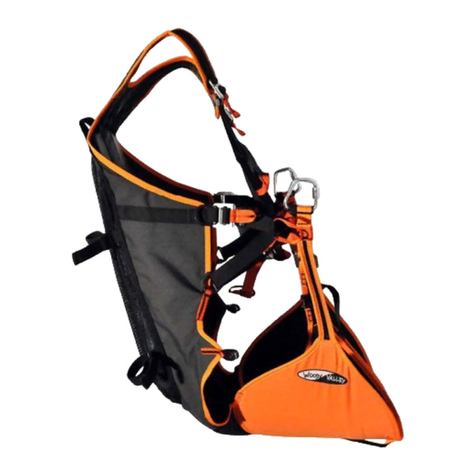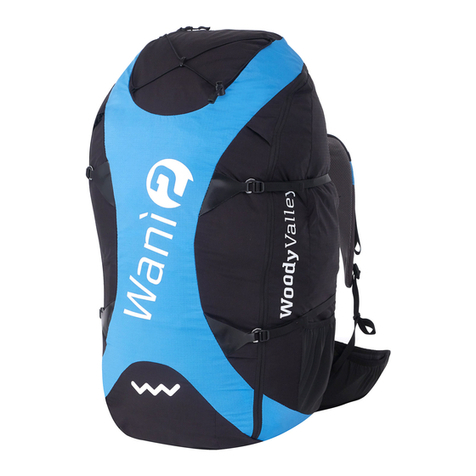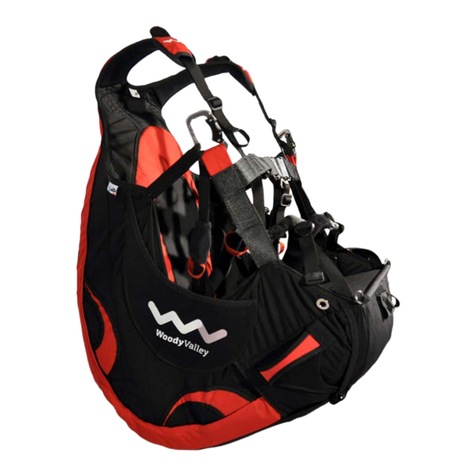CONTENTS
1.1-CONCEPT ...................................................................................................................................................................................................................................................................... 4
1.2-GTO LIGHT PROTECTIONS................................................................................................................................................................................................................................................ 4
1.3-SAFETY LOCK SYSTEM...................................................................................................................................................................................................................................................... 5
1.4-S.O.S. LABEL ................................................................................................................................................................................................................................................................. 5
2- BEFORE USING ................................................................................................................................................................................................................................................ 6
2.1-HOW TO WEAR IT ........................................................................................................................................................................................................................................................... 6
2.2-RESERVE PARACHUTE ...................................................................................................................................................................................................................................................... 7
2.2.1- Handle with deployment bag............................................................................................................................................................................................................................. 7
2.2.2- Connecting the reserve parachute to the harness ............................................................................................................................................................................................. 8
2.2.3- Inserting the reserve parachute....................................................................................................................................................................................................................... 10
2.2.4- Extracting the reserve parachute..................................................................................................................................................................................................................... 12
2.2.5- Back pocket...................................................................................................................................................................................................................................................... 13
2.3-HARNESS ADJUSTMENTS ................................................................................................................................................................................................................................................ 14
2.3.1- Seating position and back adjustment............................................................................................................................................................................................................. 16
2.3.2- Shoulder-pad adjustment ................................................................................................................................................................................................................................ 17
2.3.3- Chest-strap adjustment ................................................................................................................................................................................................................................... 18
2.3.4- Leg-cover.......................................................................................................................................................................................................................................................... 19
2.3.5– Speed-bar adjustment..................................................................................................................................................................................................................................... 19
2.3.6- Pee Tube .......................................................................................................................................................................................................................................................... 20
3- FLYING WITH GTO LIGHT ............................................................................................................................................................................................................................... 21
3.1-PREFLIGHT CHECKS........................................................................................................................................................................................................................................................ 21
3.2-POCKETS..................................................................................................................................................................................................................................................................... 21
3.3-CAMEL-BAG ................................................................................................................................................................................................................................................................ 22
3.4-USING THE COCKPIT ...................................................................................................................................................................................................................................................... 23






































